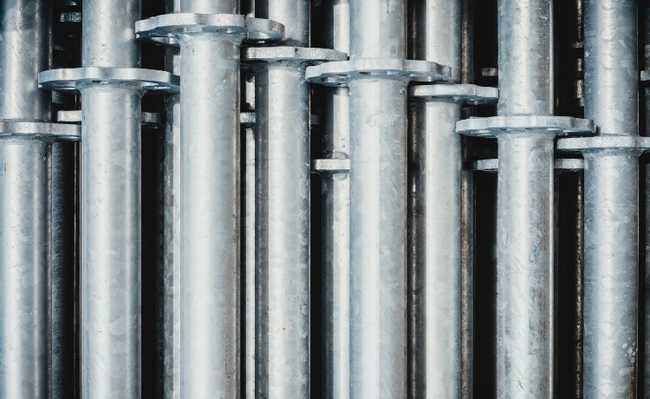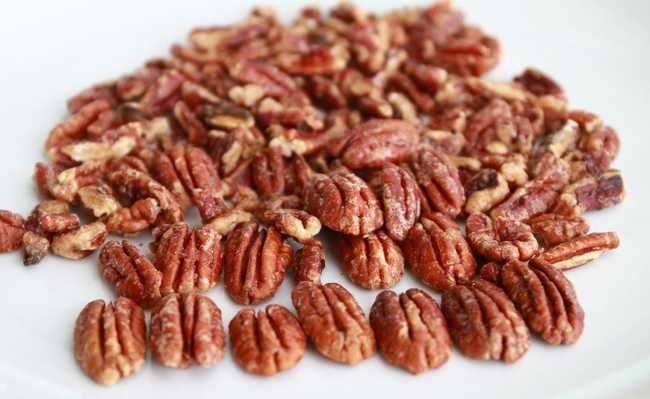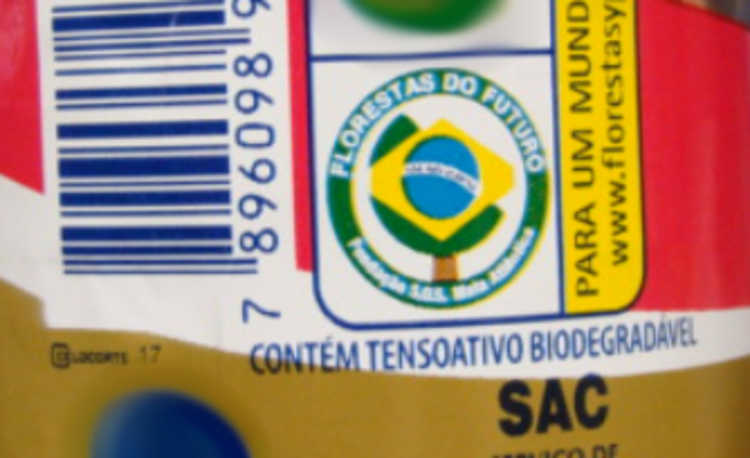Traditional shampoo components can cause environmental and health problems
Eutrophication and difficulty in incorporating oxygen in aquatic environments are some of the problems caused. Check out the list of the most common items

There are shampoos for straight, curly, dyed hair and a multitude of other types. But if you've read the list of shampoo components, you may have noticed that there are several items with strange names, the effects of which we don't know about. Although each shampoo model has a specific formulation, they all follow the same chemical structure, basically composed of: vehicle, cleaning agent, foam stabilizer, conditioning agents, thickeners and additives. And the bad news is that most of them are bad for the environment. Let's take a look at each of the components and their impacts, based on studies (see more here, here and here):
Vehicles
The vehicle commonly used in the production of shampoos is water. It is responsible for “loading” all the other components (that's why it gets its name), and it must be of good quality.
cleaning agents
Also known as surfactants, cleaning agents are responsible for removing impurities from the scalp and hair, in addition to producing foam. The most used are sodium lauryl sulfate and sodium lauryl ether sulfate - these compounds have been accused of causing cancer, but the National Health Surveillance Agency (ANVISA) issued a technical opinion denying these claims. Another that may appear on the package label is 1,4 dioxin (learn more about it here). Fatty acid diethanolamine (cocamide DEA - see more here) is also a surfactant, which can cause many problems for humans, as it is potentially carcinogenic. In addition to removing the natural oils from the scalp, they can cause irritation. These substances have toxic potential and end up being released into water bodies through discharge into the sewage that, depending on the sanitation infrastructure available for water treatment, may cause pollution of rivers, lakes and oceans. The accumulation of surfactants in water is responsible, for example, for the decrease in the availability of elements necessary for the survival of aquatic animals, such as dissolved oxygen and the penetration of light, necessary for photosynthesis.
foam stabilizer
They improve foam quality, volume and appearance, as when the surfactant comes into contact with oily residues, its foaming power decreases. Some phosphates (which are foam stabilizers) are used in shampoos and end up in rivers, lakes and beaches through sewage. They then form a layer of white foam on the surface of the water, which prevents light from entering. Furthermore, the large availability of phosphorus in the medium promotes the eutrophication process, causing a loss of dissolved oxygen in the lower layers and damage to aquatic life. Again, diethanolamine is one of these components.

Conditioning agents
Conditioning agents are responsible for the malleability of hair after washing, that is, they serve to make it silky and soft. One example is lanolin alcohol, which is a natural product obtained from wool processing.
thickeners
Thickeners are used to make the shampoo full-bodied. Sodium chloride, popularly known as salt, is one of the most used, as well as several diethanolamine derivatives, mainly cocamide DEA.
Additions
As additives, substances are used to prevent the growth of bacteria and fungi in the shampoo, such as isopropyl alcohol and parabens. Isopropyl alcohol, despite having a high rate of evaporation, can infiltrate the soil and cause groundwater contamination. Parabens (methyl and propylparaben), when absorbed by the body, are mistaken for a hormone (estrogen), disrupting the endocrine system and being pointed out as possible causes of infertility and breast and prostate cancer. Thus, when parabens reach rivers, lakes and come into contact with the beings that inhabit there, they promote such effects in fish organisms, for example. Components for coloring, perfume and pH control, such as citric acid and phthalate, are also added. This substance, like parabens, is associated with hormonal and reproductive problems, especially in young and developing children.
Vitamins
The vitamins and minerals used in products such as shampoos and conditioners are intended to give shine, softness and hydration to the threads, making them healthier, easier to comb and reducing the fall by facilitating brushing. An example of this is vitamin K, which was found in some beauty products, but was banned by ANVISA in 2010 for causing some allergic processes in contact with the skin. Therefore, the indiscriminate use of these substances can pose health risks and we must be aware of the products we use.
Anti dandruff
In antidandruff shampoos the substance zinc pyridinthionate is used. Zinc is a heavy metal, and when in excess in the environment, in addition to endangering the quality of water in rivers and lakes, it enters the food chain of living beings, contaminating algae, fish and, consequently, man. Therefore, this high concentration of zinc in the environment can have consequences for humans, such as vomiting, diarrhea and colic.
Virtual consultation
A US website displays the level of harm to health and the environment caused by 79,000 cosmetics. Although many only exist abroad, there are brands that show their faces in Brazil as well. Find out more by clicking here.
The fewer synthetic compounds and the more organic elements the shampoo contains, the better it will be for you and the environment. It pays to read the labels and choose the one that causes the least damage.










